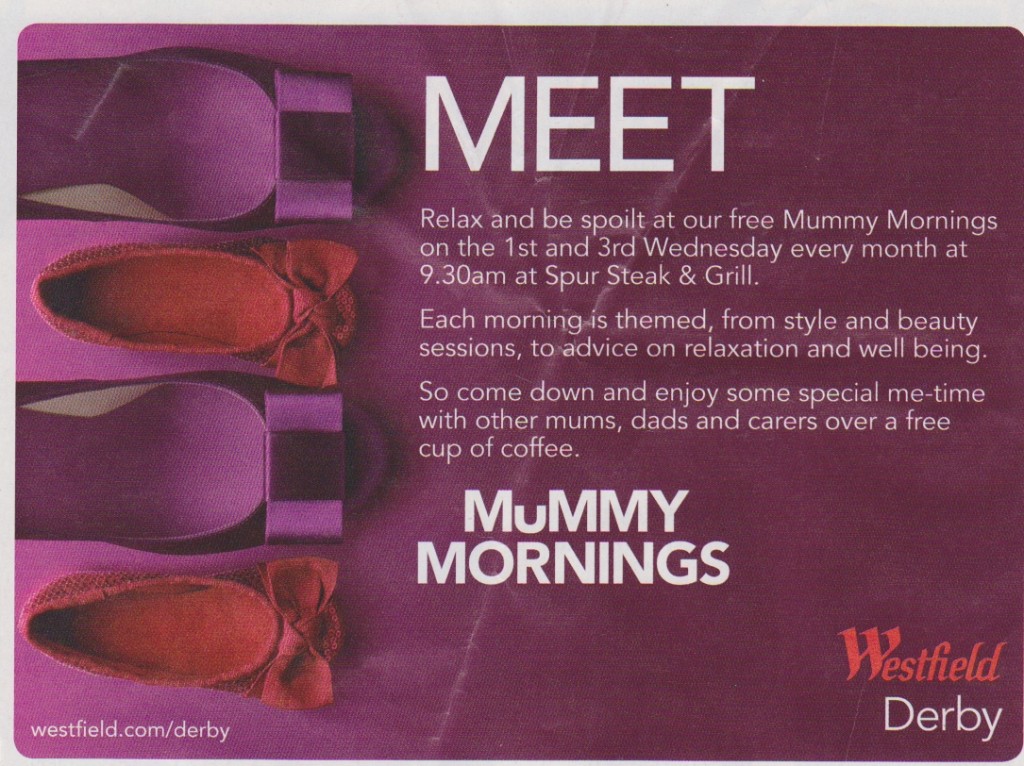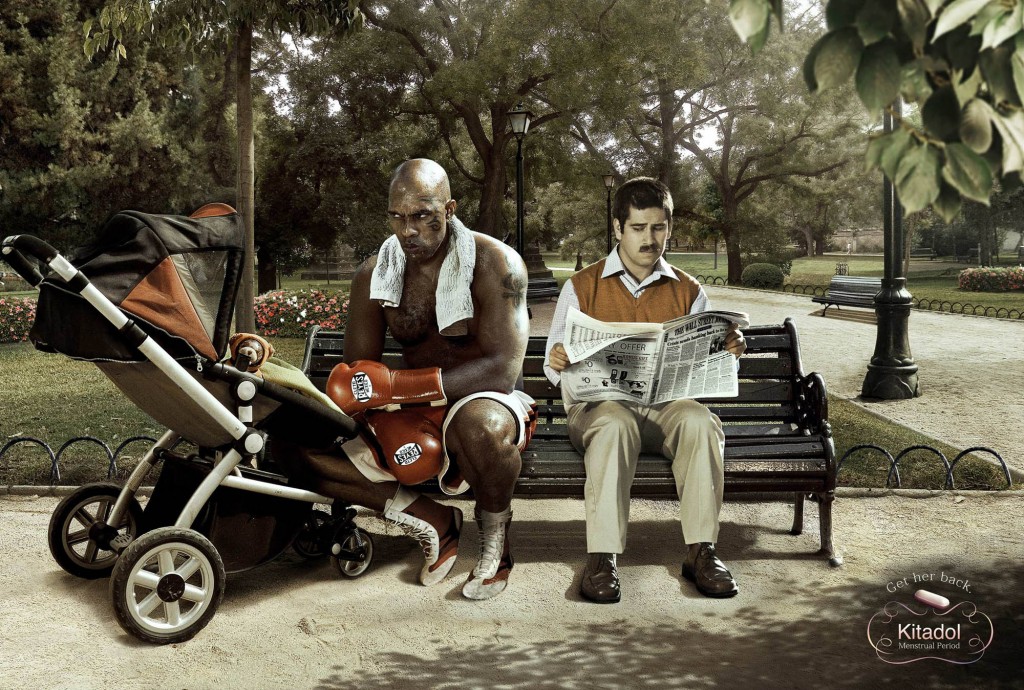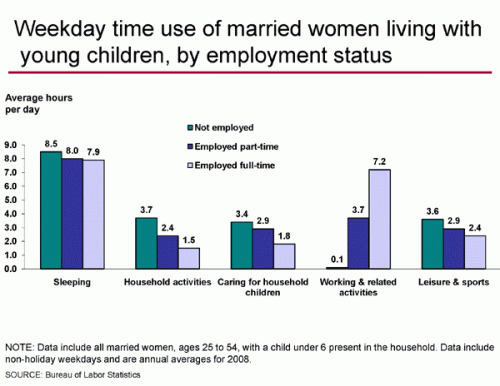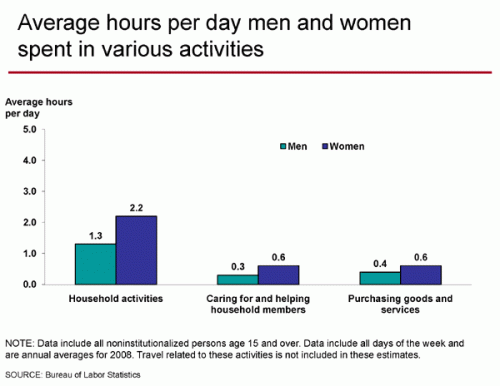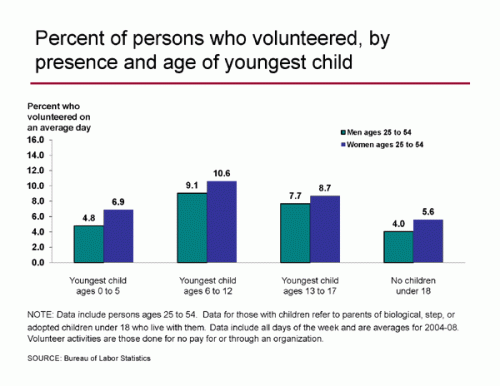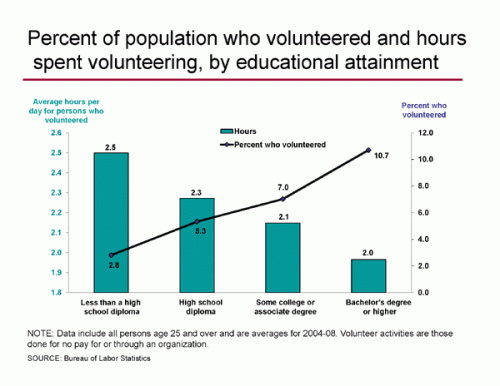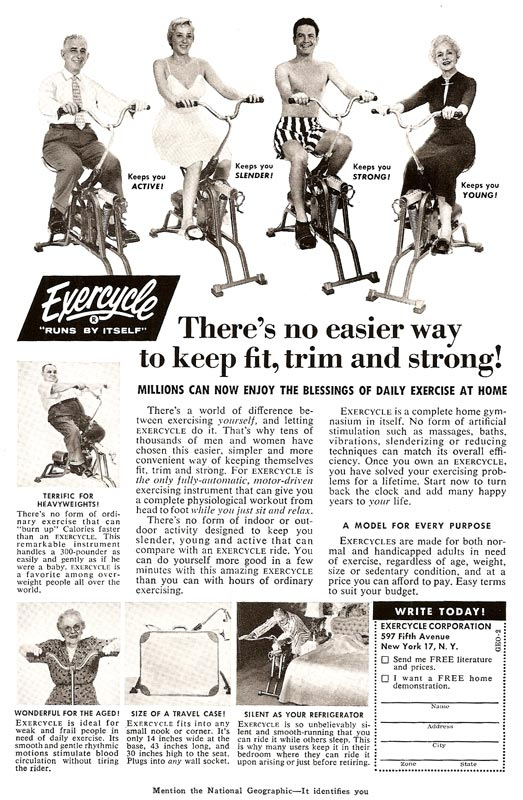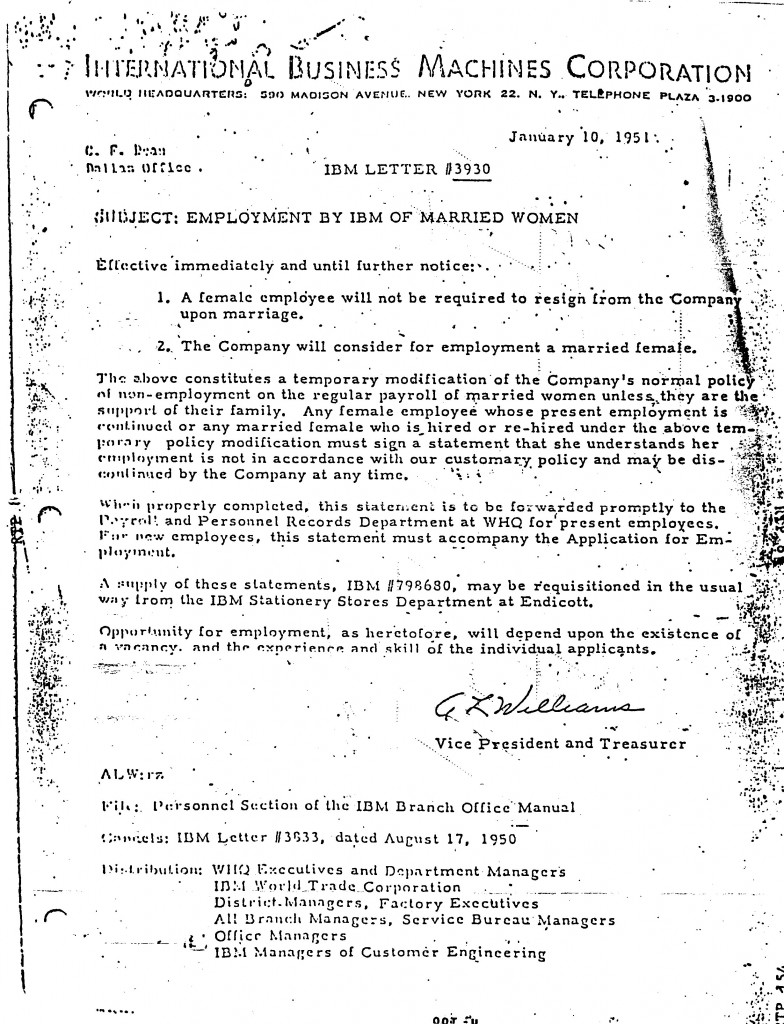Rose saw the ad below in a free UK parenting magazine. She thought it was a great example of how an ad sometimes pays “lip service to being inclusive and PC, while [including] numerous elements [that] make it obvious that it isn’t what they really intend.”
So, yes, the ad specifies that the event is for “mums, dads and carers” and it’s nice that they went that far to include them. But the event is clearly for mothers or women carers and their girl children (and, more specifically, the transfer of feminine training from mother to daughter). The color of the ad, the feminine shoes with bows, the title (“Mummy Mornings”), and the feminized activities (including “beauty sessions” and the chance to be “spoilt”) are all elements that mark this as for-girls-only.
Is it better to include dads as an afterthought? Or should we just acknowledge that we’re organizing parent/child activities around mothers (and in this case, daughters)?
Lisa Wade, PhD is an Associate Professor at Tulane University. She is the author of American Hookup, a book about college sexual culture; a textbook about gender; and a forthcoming introductory text: Terrible Magnificent Sociology. You can follow her on Twitter and Instagram.

